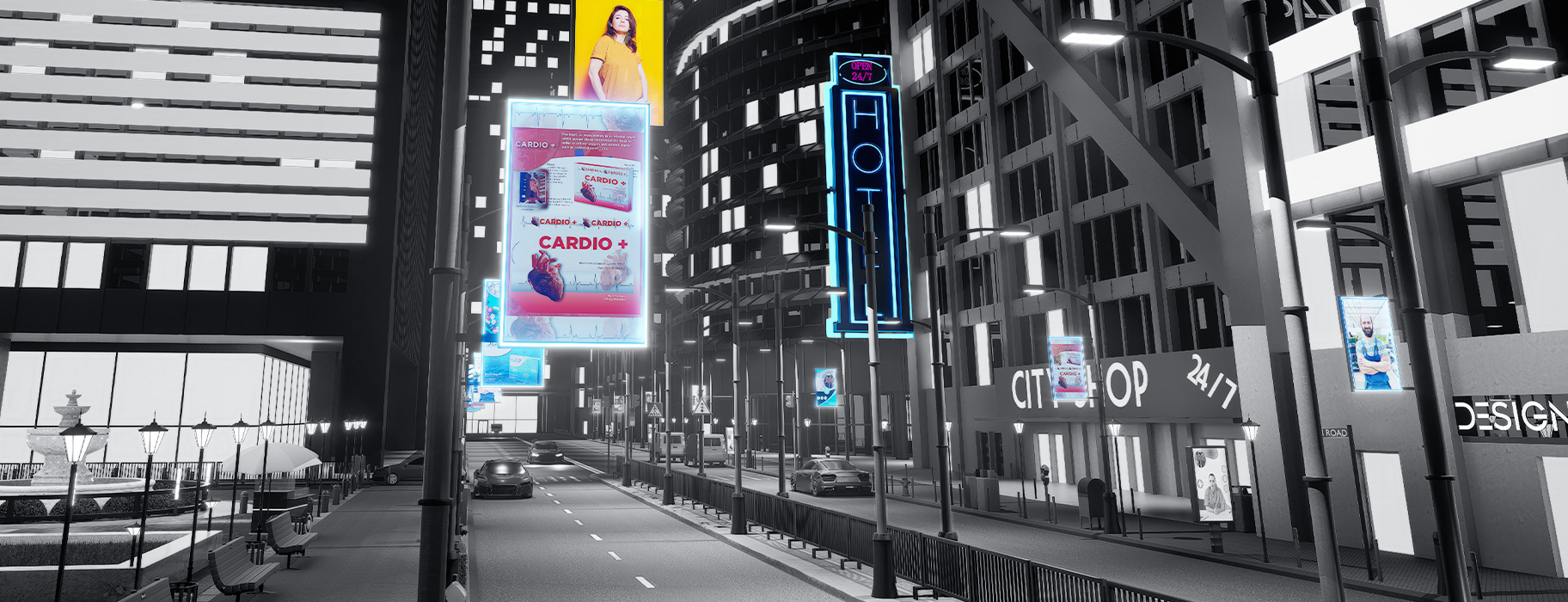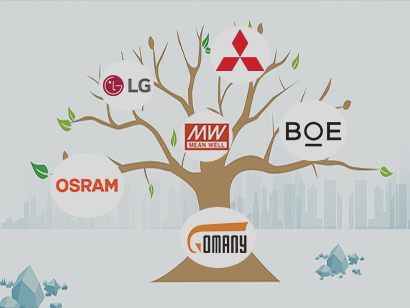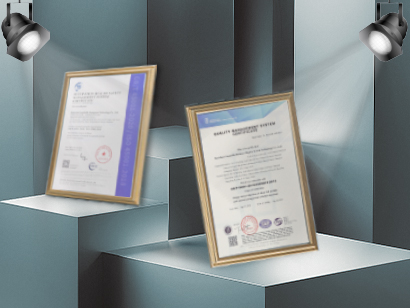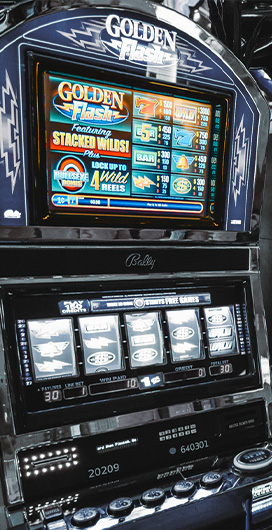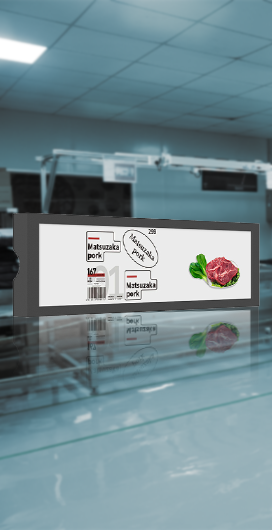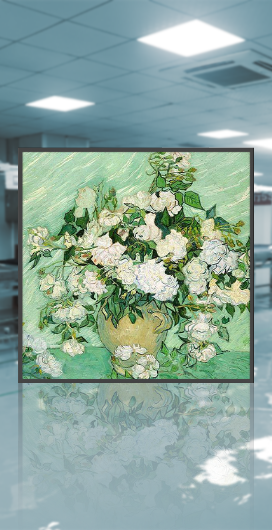Definition of High Color Gamut Display Technology
High color gamut display refers to a display device that can cover or exceed the standard color gamut (such as sRGB). Its core goal is to restore the colors of nature more realistically and meet the needs of professional creation and visual experience.
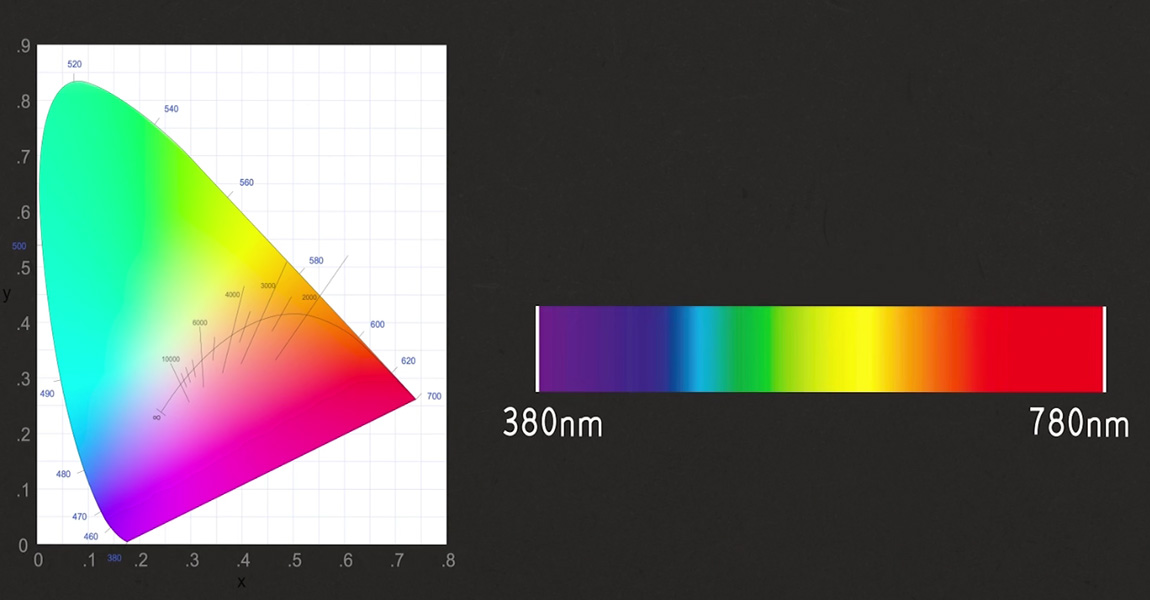
Core Standards
1.sRGB: Basic color gamut standard, covering about 35% of visible colors (CIE 1931).
2.Adobe RGB: Extended cyan area, covering about 50% of visible colors (printing/photography industry standard).
3.DCI-P3: Film industry standard, with more saturated red and green, covering about 45% of visible colors.
4.Rec.2020: Ultra-wide color gamut standard (covering about 75% of visible colors), used for 8K/HDR content.
Quantitative Indicators
Color Gamut Coverage: For example, "DCI-P3 98%" means that it covers 98% of the color space of the standard.
ΔE (Delta E): Color deviation value, ΔE<2 means the difference is imperceptible to the human eye (professional level requires ΔE<1).
Technical Principles For Achieving High Color Gamut
Backlight System Upgrade (LCD Field)
Quantum Dot Technology (Quantum Dot, QD)
Principle:Quantum dots emit narrow spectrum red/green light after being excited by blue light, replacing traditional phosphors.
Photoluminescence: For example, Samsung QLED TV uses blue light LED + quantum dot film.
Electroluminescence: Quantum dots are directly used as the light-emitting layer (such as TCL's QD-OLED).
Advantages:
Color gamut coverage reaches DCI-P3 99%, Rec.2020 more than 80%.
Light efficiency is improved by 30% (quantum dot conversion efficiency>90%).
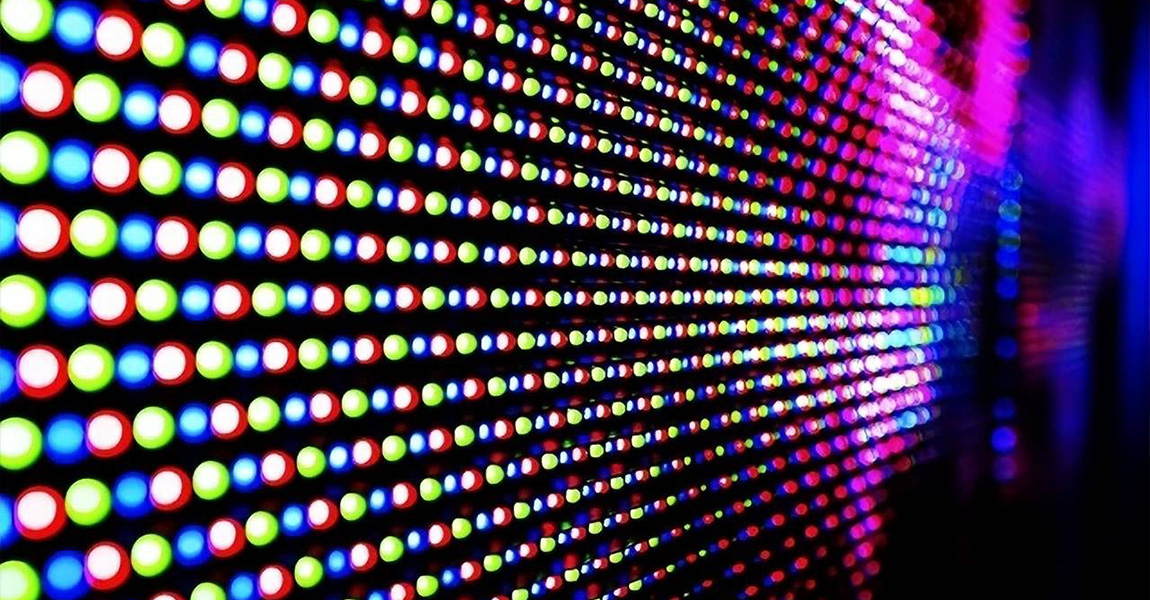
Laser Backlight
Principle: Use red/green/blue lasers to directly generate high-purity three primary colors.
Advantages:
1.Color gamut covers Rec.2020 90%+ (such as Sony Crystal LED).
2.Brightness can reach more than 5000 nits.
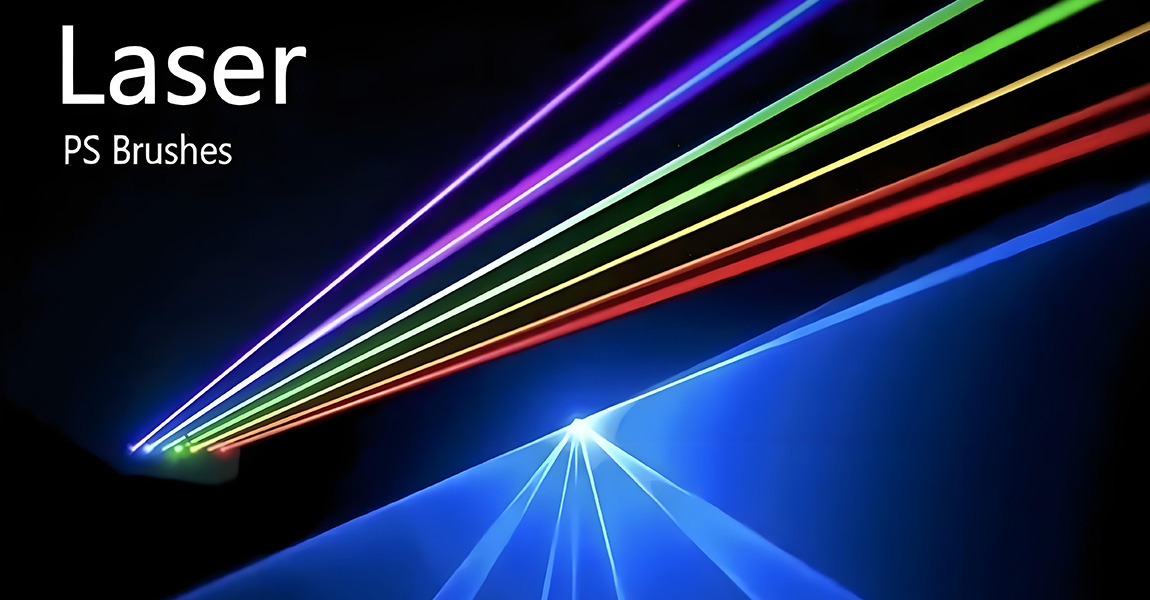
Self-luminous Technology (OLED/Micro-LED)
OLED's Color Gamut Advantage
Organic Material Customization: adjust the emission wavelength through molecular structure design (such as red light material Ir(piq)₃).
Filter Optimization:
Color filter (CF) transmittance increased to >80% (traditional LCD is only about 30%).
Anti-ambient light reflection coating (such as LG's Advanced OLED EX technology).
Micro-LED's extreme color gamut
Inorganic Gallium Nitride (GaN) Material: half-peak width <20nm, color purity far exceeds OLED.
Filter-free Design: direct light emission from RGB Micro-LED, light loss reduced by 50%.
Color Management And Signal Processing
Wide Color Gamut Mapping Algorithm:
Expand narrow color gamut content (such as sRGB) to wide color gamut display to avoid oversaturation (such as 3D LUT color grading).
Dynamic Metadata HDR:
Adjust the color mapping curve frame by frame according to the scene (such as Dolby Vision).
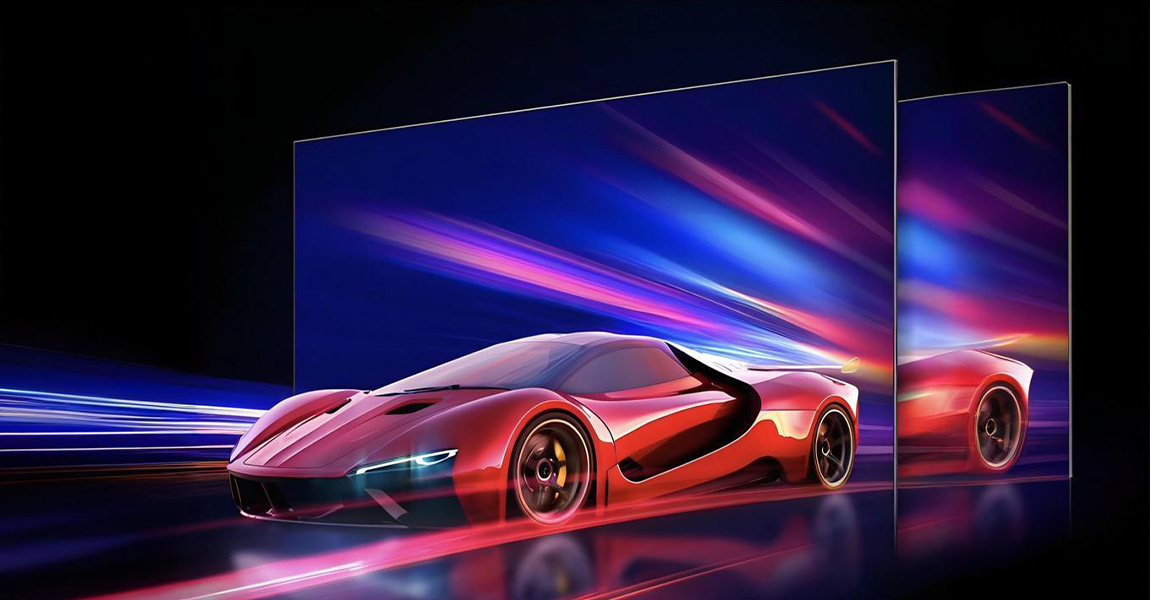
Key Technical Challenges And Solutions
Balance Between Color Gamut And Brightness
Problem: High color gamut requires narrow spectrum, but narrow spectrum light sources (such as lasers) tend to reduce brightness.
Solution:
Hybrid Light Source: quantum dot enhanced laser backlight (such as Hisense TriChroma laser TV).
Multi-channel Drive: Micro-LED time-sharing drives red/green/blue sub-pixels to increase brightness.
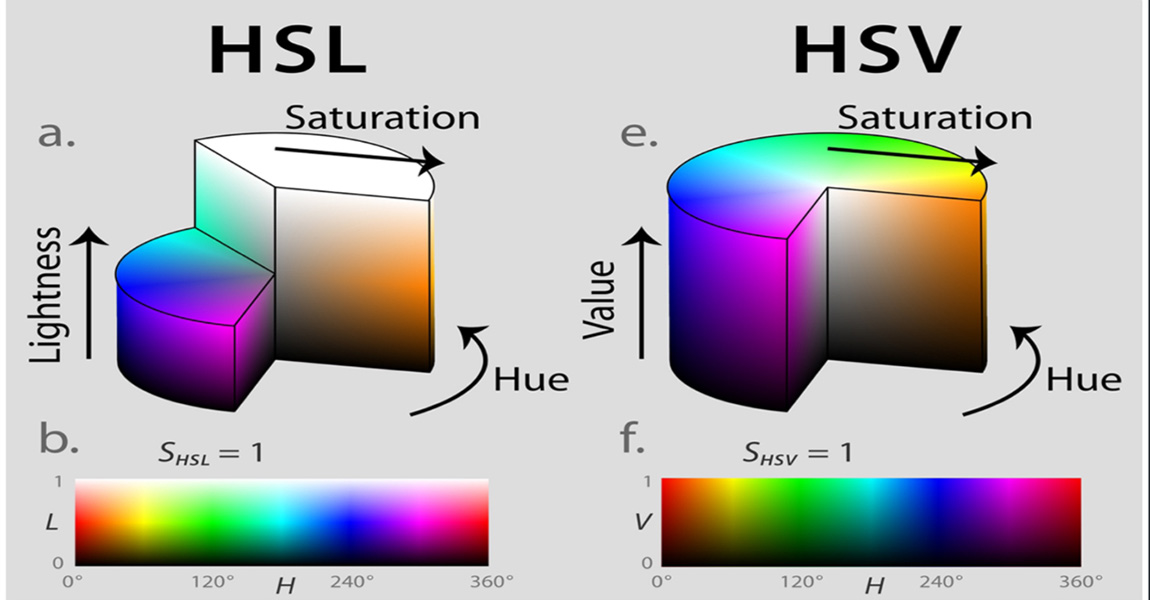
Color Consistency Calibration
Challenges: Color differences in different areas of the display due to temperature/aging (ΔE>3).
Technical solutions:
Online colorimeter feedback: Real-time calibration with built-in sensors (such as EIZO ColorEdge series).
AI color compensation: Predict aging curves through neural networks (such as Apple True Tone technology).

Cost And Mass Production Problems
Quantum Dot Material Cost: Cadmium-based quantum dots are highly efficient but toxic, and cadmium-free quantum dots (InP) cost 30% more.
Micro-LED Mass Transfer: Each 6-inch wafer can only produce about 1 million Micro-LEDs, and the yield must be >99.99%.
Typical Application Scenarios
Professional Design And Film And Television Production
Requirements: Adobe RGB 99% or more, ΔE<1.
Representative Products:
EIZO ColorEdge CG319X: covers DCI-P3 98%, built-in calibration sensor.
Apple Pro Display XDR: P3 wide color gamut + 10-bit color depth.

High-end Consumer Electronics
TV: Samsung Neo QLED (quantum dot Mini-LED backlight, DCI-P3 100%).
Mobile Phone: iPhone 15 Pro (ProMotion XDR display, P3 color gamut + 2000 nits peak brightness).
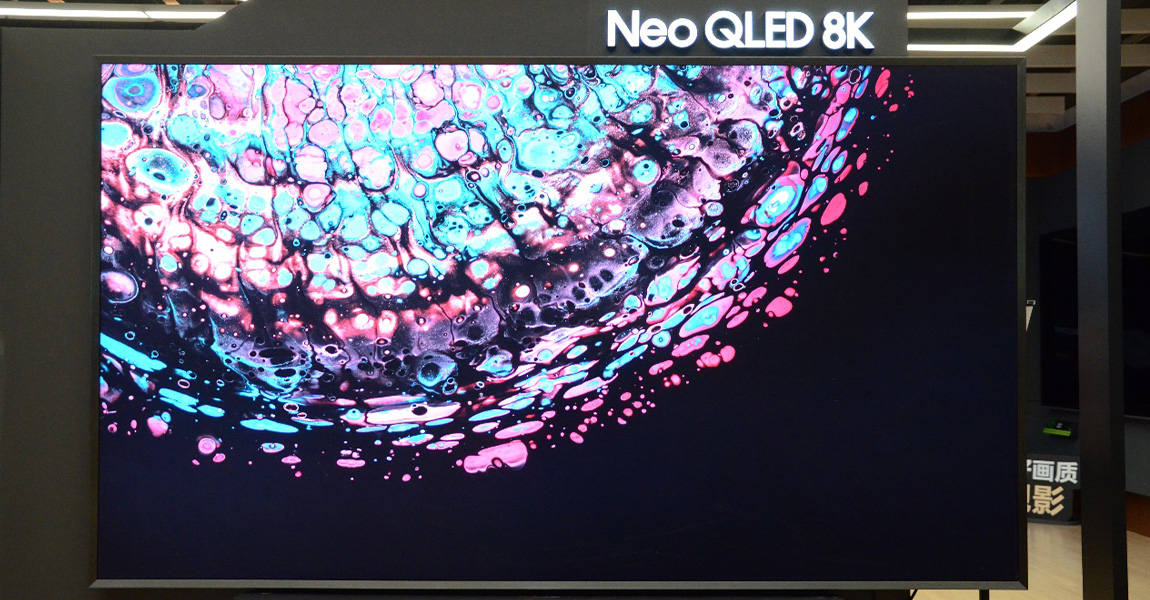
Virtual Production And XR
LED Video Wall: Sony Crystal LED (Rec.2020 97%, used for virtual filming of The Mandalorian).
VR Headset: Meta Quest Pro (quantum dot + Pancake optics, P3 color gamut + local dimming).
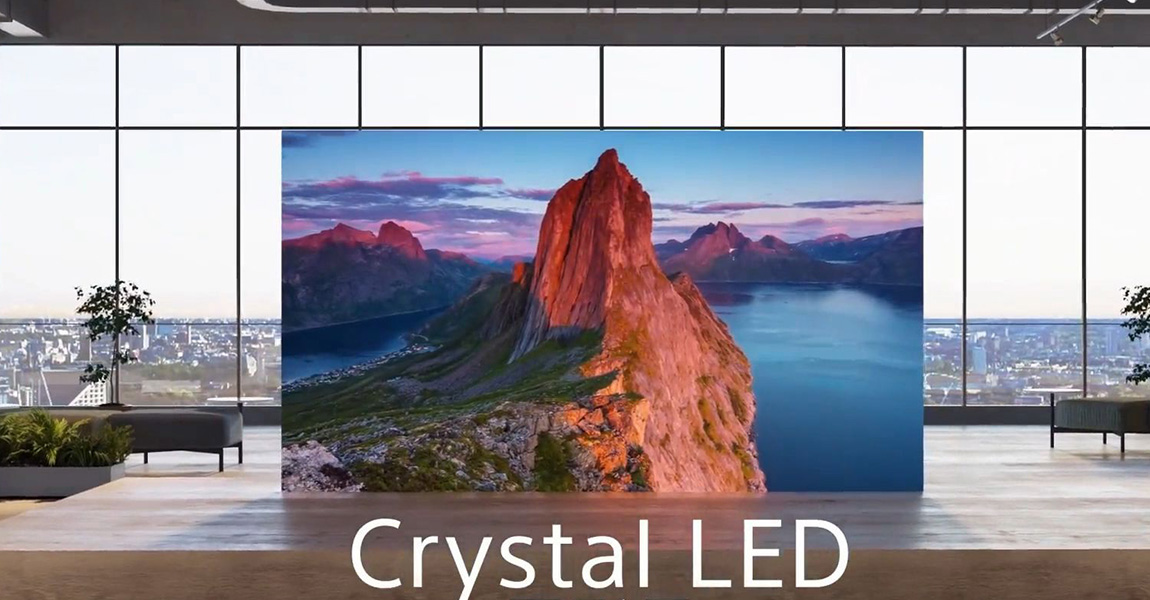
Medical Imaging
Requirements: DICOM standard calibration, grayscale resolution >12bit.
Device: Barco Coronis 4MP (covering sRGB 100%, ΔE<1.5).

Future Technology Trends
1. Material Revolution:
Perovskite Quantum Dots: 50% improvement in light efficiency, solution processing to reduce costs.
Ultra-narrow Half-width Laser: Indium phosphide (InP) laser half-width <1nm.
2. Filter-free technology:
Color-by-blue: blue light Micro-LED + quantum dot color conversion layer (such as JBD 0.13-inch Micro-LED micro-display).
3. Holographic Color Management:
Neural Rendering Engine: AI-based real-time optimization of color gamut mapping (such as NVIDIA Canvas).
4. Ecological Synergy:
End-to-end Wide Color Gamut Workflow: full-link color management from shooting (RED V-RAPTOR 8K) to display (Canon 8K HDR reference monitor).
Conclusion
High color gamut display technology is reshaping the boundaries of visual experience. From the consumer-level breakthrough of quantum dot backlight to the industrial-level precision of Micro-LED, every innovation promotes the fusion of digital content and real-world colors. In the future, with the deep integration of material science, computational optics and AI, display screens will not only be "color containers", but also "color creators", opening up new dimensions in the fields of metaverse, telemedicine, digital art, etc.


![]() Retail Digital Display Solution
Retail Digital Display Solution![]() Public Transportation Digital Signage Solution
Public Transportation Digital Signage Solution![]() Entertainment Digital Display Solution
Entertainment Digital Display Solution![]() Healthcare Digital Display Solutions
Healthcare Digital Display Solutions![]() Education Digital Signage Solutions
Education Digital Signage Solutions![]() Corporate Digital Display Solutions
Corporate Digital Display Solutions![]() Art Digital Display Solution
Art Digital Display Solution![]() Industrial Digital Display Solutions
Industrial Digital Display Solutions![]() Hotel Digital Signage Solutions
Hotel Digital Signage Solutions![]() Outdoor Digital Signage Solutions
Outdoor Digital Signage Solutions